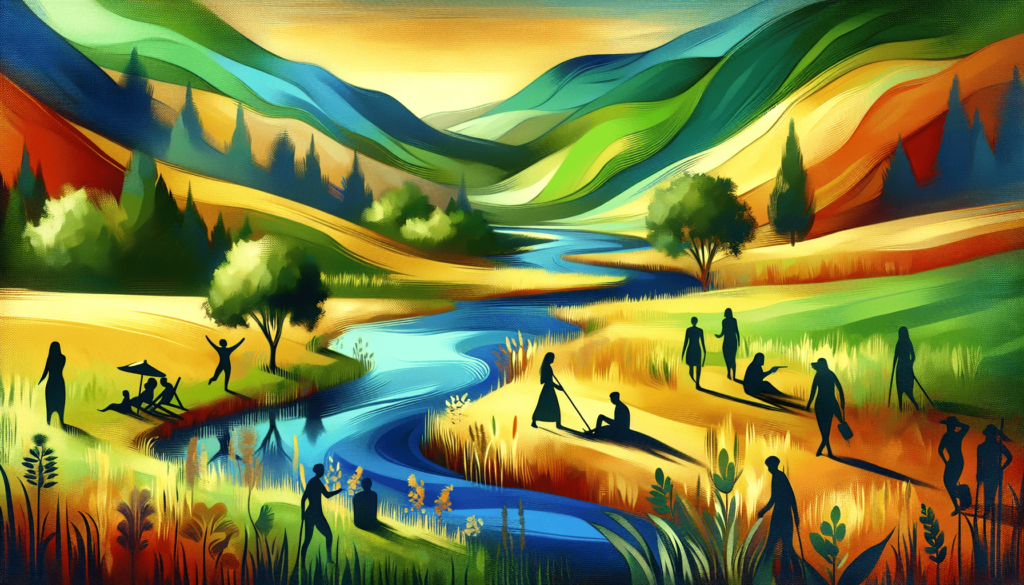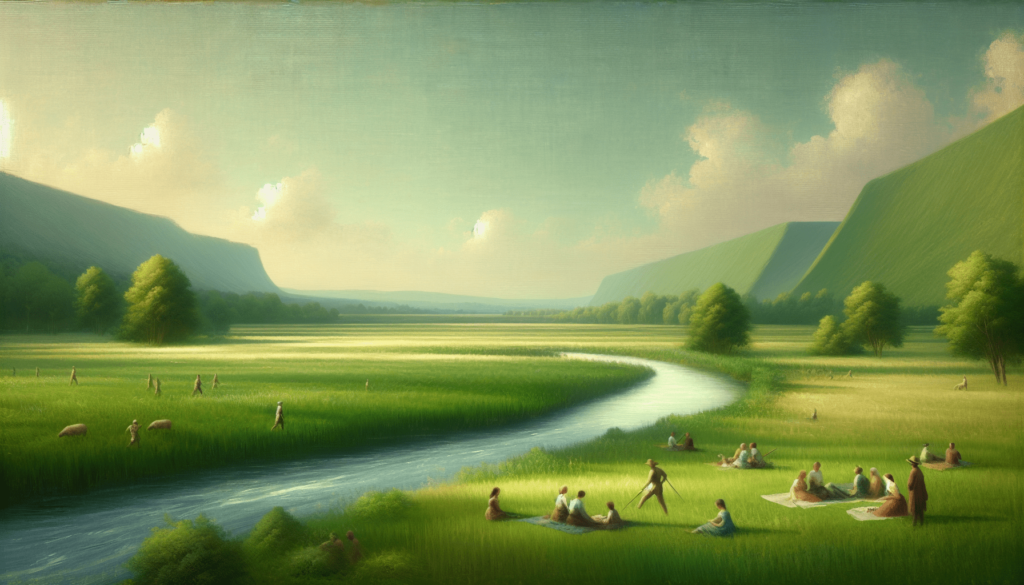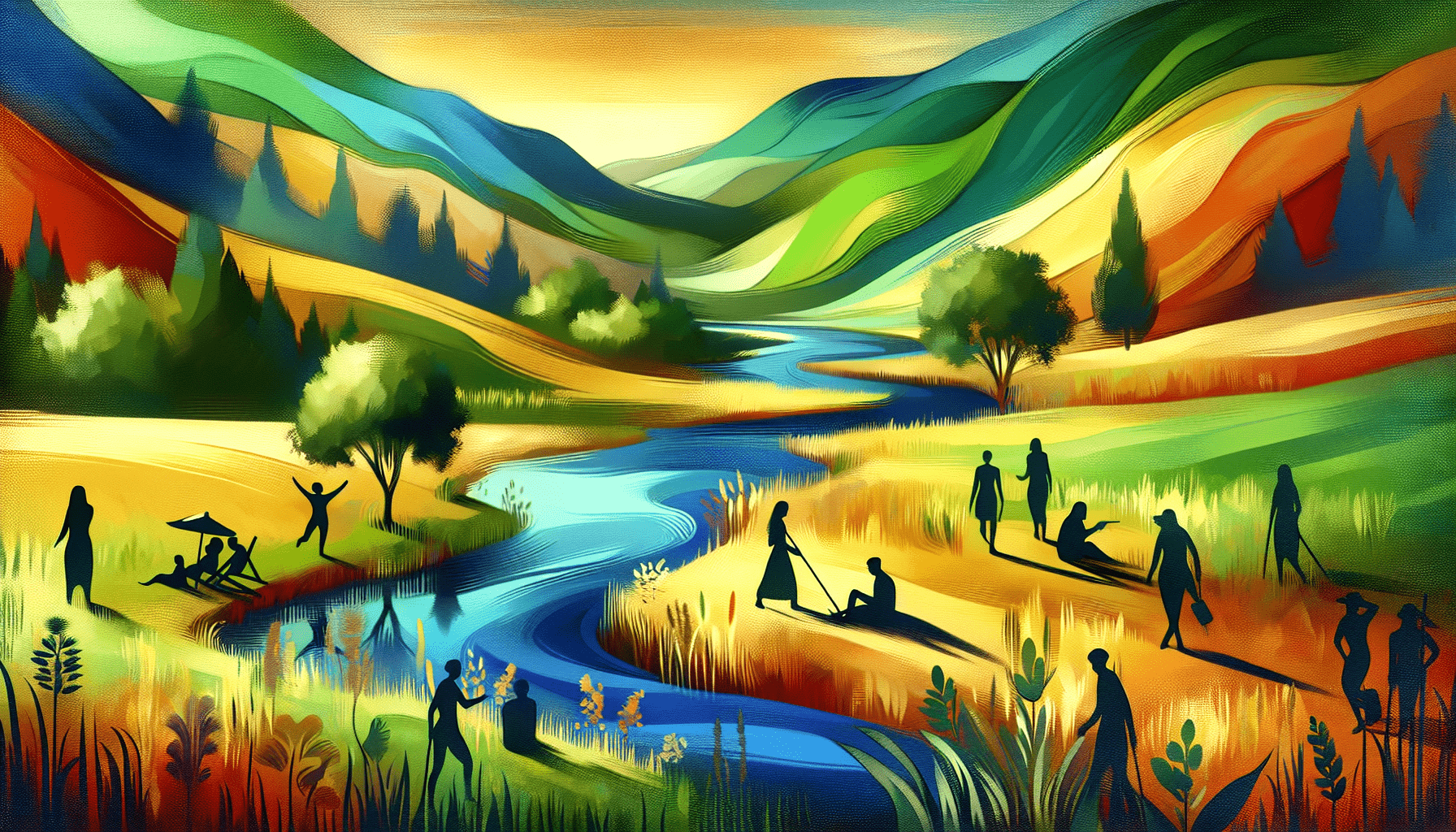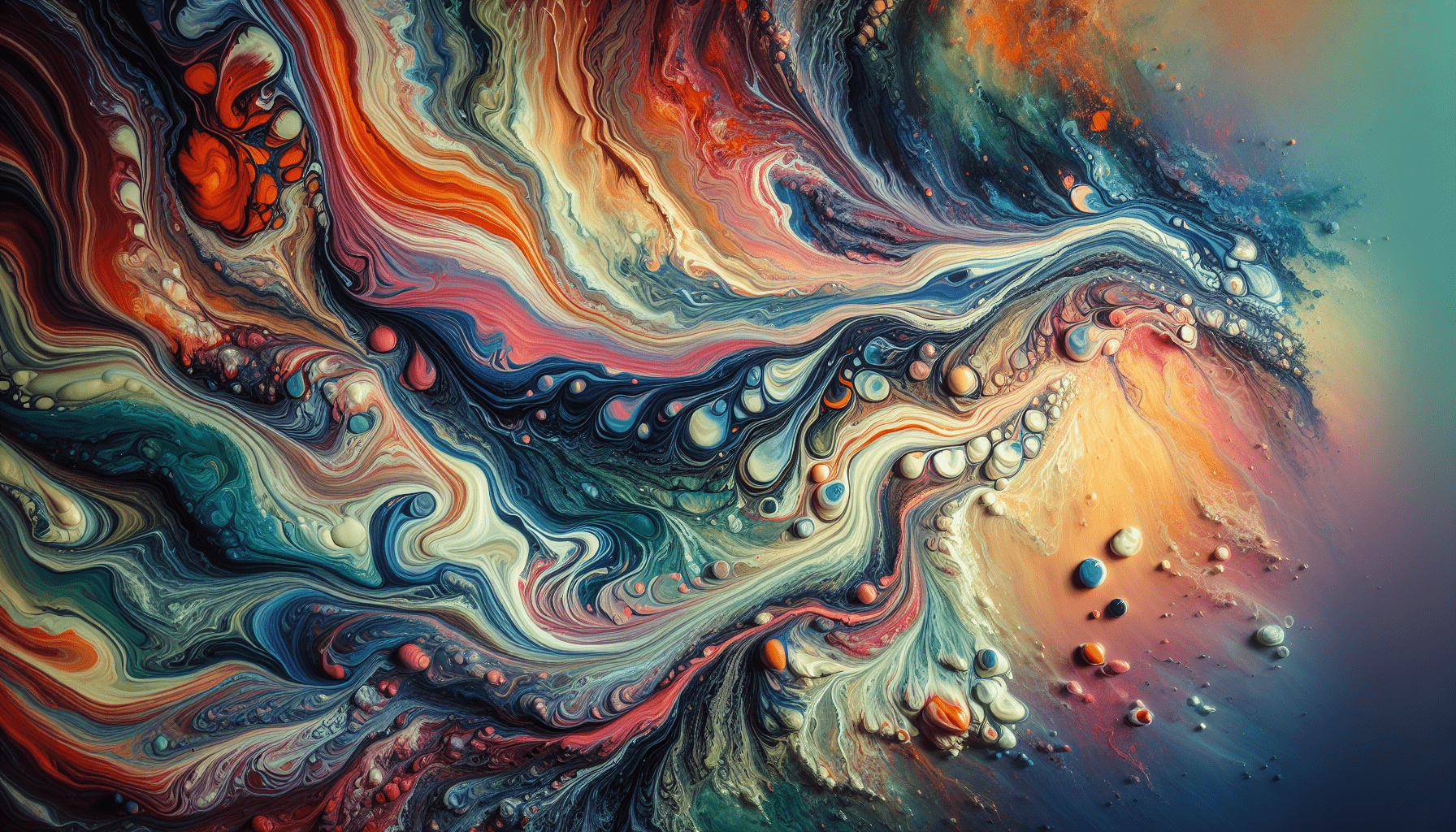Can a landscape painting have people in it? This question may seem simple at first glance, yet it opens up an intriguing discussion about the boundaries and definitions of art. In the world of art, defining categories can often be as fluid and varied as the artworks themselves. Landscape painting traditionally refers to the depiction of natural scenery such as mountains, valleys, trees, rivers, and forests. However, the presence of human figures in these natural settings is a topic that warrants a thoughtful exploration. Understanding this concept requires looking into the history, cultural significance, and artistic intention behind incorporating people within landscapes.

Understanding Traditional Landscape Art
Historical Background of Landscape Painting
Landscape painting, as an art form, has been a significant part of human expression for centuries. Originating in East Asia and flourishing during the Renaissance, landscapes have sought to capture the essence of the environment around us. Initially, landscapes were often used as backgrounds for religious and mythological scenes rather than being the primary subject.
Essential Characteristics of Landscape Art
The key features of traditional landscape paintings include the depiction of scenery, perspective, light, and composition to convey a sense of place. These elements work together to immerse viewers in the natural beauty of a given locale, inviting them to explore the detailed visual representation of nature.
The Role of People in Landscape Paintings
People as Part of Nature
Human figures can be integrated within a landscape to reflect humanity’s relationship with nature. This inclusion can emphasize the harmony or conflict between humans and their environment, adding depth to the narrative aspect of the painting.
Influence of the Human Element
The presence of people in a landscape painting alters the viewer’s perception by introducing a narrative or emotional context. It allows for a story to unfold, providing insight into the historical or cultural significance of the period depicted.
Artistic Intentions and Genre Overlaps
Merging Genres: Landscape and Portraiture
Combining landscapes with portraits is not uncommon and provides a unique artistic challenge and opportunity. The balance of portraying both the environment and its human inhabitants requires skillful execution to ensure neither element overshadows the other.
Symbolism and Meaning
Artists may include human figures to symbolize various themes such as exploration, harmony, industry, and the passage of time. These themes enrich the painting’s narrative, often adding layers of meaning that can trigger a deeper emotional response from the viewer.
Famous Examples and Case Studies
Classical Examples
Consider renowned artists like Caspar David Friedrich, whose works often include lone figures gazing into vast landscapes. This inclusion invites viewers to consider the solitude and introspective nature of humankind in the face of nature’s grandeur.
Modern Interpretations
In contrast, modern landscape artists may use urban settings with human figures to reflect contemporary societal issues. These paintings often juxtapose natural elements with man-made structures, creating a dialogue between tradition and progress.

Practical Considerations for Artists
Balancing Composition
Artists contemplating the inclusion of people in their landscape work must carefully balance composition. The human elements should complement the landscape, contributing to the overall thematic intention rather than detracting from the natural beauty.
Techniques and Materials
Selecting the appropriate techniques and materials can influence how effectively people are integrated into landscapes. Styles such as impressionism or realism can drastically impact the viewer’s experience and interpretation of the artwork.
Viewer Interpretation and Engagement
Emotional Connection
The addition of human figures can evoke empathy or a personal connection. Audiences may find themselves drawn into the story behind the figures within the landscape, interpreting their identities, emotions, and the broader narrative.
Diverse Perspectives
Different viewers bring diverse perspectives when interpreting art. The inclusion of people in landscapes can lead to varied interpretations, enriching conversations about the cultural and historical contexts represented in the painting.
Conclusion
In conclusion, while traditional definitions may separate landscape painting from genres involving portraiture, the inclusion of people in such works is not only possible but can significantly enrich the artistic narrative. By merging people with their surroundings, artists create a dynamic interplay between human experience and natural beauty. Whether through symbolism, thematic depth, or emotional connection, these elements collectively enhance the storytelling potential of landscape paintings. The question, therefore, transforms from whether to include people in landscape art to how their inclusion can deepen the impact and meaning of the artwork.



